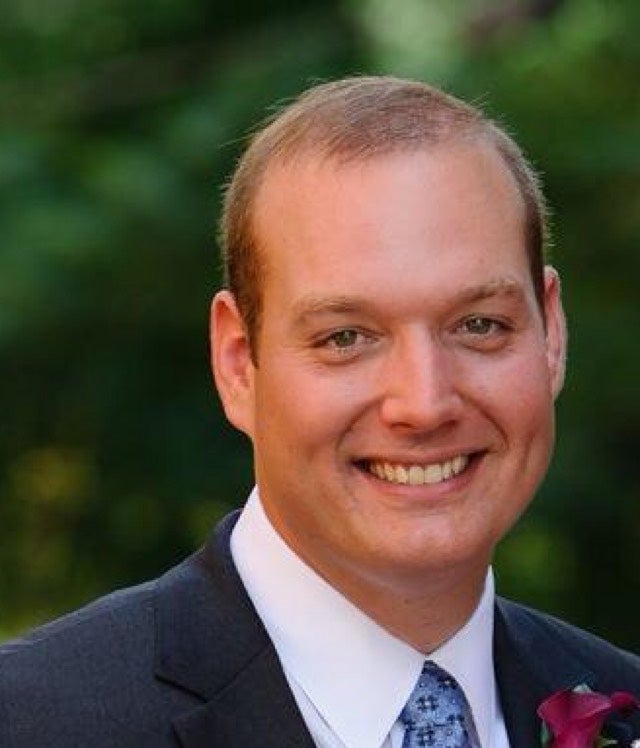When your art develops a life of its own
Published 12:01 pm Friday, October 7, 2016

- Jim Jackson
There was recently an article in The New York Times discussing how Leonard Cohen’s song “Hallelujah” has been worn out by pop culture. You are probably familiar with the song, a ballad that has a tendency to strike wonderful imagery and emotion.
The article gave more than 20 instances when the song was played in media, either in television dramas, musical competitions or relief benefit concerts.
It went on to quote Cohen himself as saying, “I think it’s a good song, but too many people sing it.”
The artist realized his work had taken on a different life than the one he’d originally intended.
The more I thought about Cohen’s dilemma, I started to think about how all artists must ask themselves if they are prepared for their creation to be misinterpreted, mishandled or exploited. Creativity is unique and perplexing, allowing for different experiences to shape how one perceives art.
An artist must be prepared for his labor of love to take on a life of its own, away from his original aspirations.
This must be a difficult decision to make when you’re drawn to create. As with Cohen’s song, he never meant for it to be utilized in an over-the-top musical montage, soliciting cheap emotion within a weekly TV drama.
The scenario involving “Hallelujah” isn’t as rare as you would like to believe. Pop culture has a way of finding something worthwhile and squeezing every last useful drop out of it.
Take George R.R. Martin’s epic masterpiece, “Game of Thrones.”
He created a world full of intriguing and power-hungry protagonists. Martin meticulously paced his novels to unpack characters and plot lines. His creation became a massive literary hit and HBO signed on to create a series based off his completed novels (he had completed five out of seven at the time).
In no time, HBO had a historically popular show on their hands. The trouble was that HBO was moving through Martin’s material at breakneck speed, blowing through entire novels during a season.
Five years after the show started, they were fully caught up with Martin, but decided they couldn’t wait for him to finish his last two novels.
Wanting to strike while the iron was hot, and with begrudging approval from Martin, HBO ventured into uncharted waters. They stopped working from source material, but rather began weaving their own narrative.
All artists fear their creativity will be hijacked. This is exactly what happened to The Beatles and their song “Revolution.”
This was a deeply personal song that spoke to the cultural issues of their time, speaking out for dissidence and truth. In the late 1980s, Nike acquired marketing rights to “Revolution” in order to use in television advertising. Nike paid $500,000 to use the song for one year, in any fashion they wished.
The problem was this song was not originally written to sell shoes or athletic wear. It was an anthem to those who were tired of the status quo and being politically misled. The Beatles saw a precious piece of their catalog become a means for hocking sporting goods.
Artists also worry about other types of disassociation that can engulf their work.
This can be seen in songs like Bob Seger’s “Like a Rock,” or Steve Miller’s “Fly Like an Eagle.”
The jeopardy some artists unknowingly place themselves in can result in total misrepresentations of what they aim to convey.
“Like a Rock” will always and forever be linked to Chevrolet, as will “Fly Like an Eagle” to the U.S. Post Office.
Popular culture will continue to lend itself to marketing, but preventing a washout of original content can never be guaranteed.
Some artists would love to have Leonard Cohen’s problem — having your song over-played.
As unfathomable as it sounds, this is a legitimate concern coupled with losing control of one’s creation. If someone chooses to spend their life honing their craft, whether in music, literature or visual arts, they must understand there is a chance they can lose grasp of their prized possession.
It may not be by malicious intent, as with Cohen’s case, but art has a tendency towards spontaneous generation. If “something from nothing” is an artist’s credo, they must also live with the realities of fluidity and natural progression.
Because creating is as important as breathing for artists, they’ll continue to live with the potential risk.
If their progeny happens to develop its own independent identity, artists may have no choice but to accept their cultural footprint.
Freelance writer Jim Jackson graduated from the University of Kentucky and currently lives in Frankfort. He is also contributing columnist to The State-Journal. You can reach him at jackson.m.jim@gmail.com





